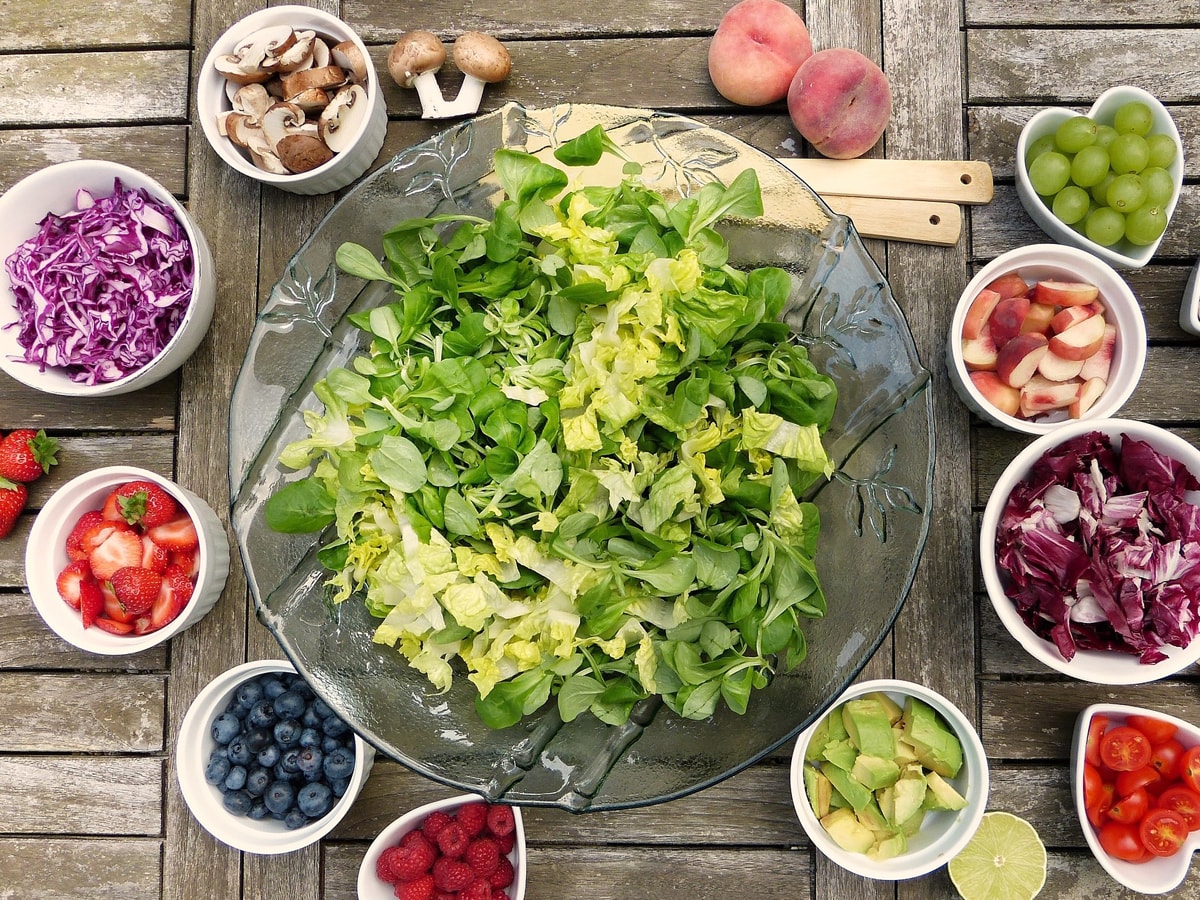Astounding Benefits of Low GI Diets That Will Make You Reconsider Your Own Diet!
Low GI diet is not one of the latest fad diets of the season like Paleo, or Atkins. It is rather a nutritional practise that is helping many diabetics and pre-diabetics to keep their condition in check. Even people who are not affected by these conditions are reaping the benefits from eating foods lower in glycemic index. Some benefits might just fall into your bucket list of health concern such as high cholesterol, increase in blood sugar, heart disease and even cancer!
Let’s get down to a quick explanation on the meaning of low glycemic index. Glycemic Index (GI) is a scale that ranks carbohydrates by how much they raise blood glucose levels compared to a reference food. Glycemic Index uses a scale of 0 to 100 with the following rankings: low (0-55), moderate (56- 69) and high (70 or more). Diabetics cannot secrete or process insulin, which causes their blood sugar to shoot up, leading to a host of additional medical problems. It is of utmost importance for diabetics to keep a check on GI. A few examples of low GI food include beans, milk, brown bread, porridge and lentils.
Now that we’ve cleared the air on what low GI means, let’s look at how you can benefit from eating a low GI meal:
- Low GI Improves Cholesterol Levels
Studies reveal that low GI diets can have a positive impact on efforts to control cholesterol. It helps to reduce levels of bad cholesterol (LDL cholesterol) that contributes to the risk of heart attack and stroke. Clinical studies have proven the above statements¹; click here to read more about it.
- May Help in Weight Loss and Maintenance
The carbohydrates that you eat are all metabolized into sugar in the form of glucose. As low GI food is all complex carbohydrates it takes longer to convert them into glucose. Thus sugar is released into the blood stream slowly and steadily. This process aids in overall weight loss and maintenance. Healthy adults have lost around 1.9 kg of body weight on low GI food over 5 to 10 weeks.
- May Reduce Cancer Risk
People that eat high GI food are more prone to develop certain types of cancer like endometrial, colorectal, colon, diabetes-related cancers and breast cancer in comparison to those consuming low GI food. This is because high GI food affects insulin-like growth factor in the body.
- May Lower Hearth Disease Occurrence
Various studies have shown that high GI diets were 25% more likely to cause heart disease than low GI diets. A previous point also mentioned how low GI foods lower LDL cholesterol that can cause cardiovascular diseases in individuals.
- Low GI diet helps lower blood glucose levels
Low GI food is not quickly absorbed in the blood stream and converted into glucose; it is exactly the opposite in case of high GI foods. Hence the rise in blood glucose level is minimal in comparison to high GI foods. This is the primary reason why low GI food is suggested to diabetics to maintain a healthy blood glucose level.
- Low GI foods lower type-2 Diabetes Risk
As mentioned earlier, low GI food is absorbed at a lower rate and conversion to glucose is also slower than high GI food. Studies have shown that low GI food helps people with diabetes (type 1 and type 2) to control blood glucose levels effectively and also lower insulin resistance. Insulin resistance is an important factor for reducing the risk of long term diabetes related complications.
Reference:
- Arun Chockaligam, Dattatreya Rao, Sagar Sarikonda, Kodandarami Reddy, Damodar Reddy, N. Chidambaram, N. Saravanan, C. S. Janaki, Rajalakshmi, “Effect of Diabliss Herbal Sugar (DHS) in Patients with Type-II Diabetes Mellitus” International Journal of Diabetes Research 2018, 7(2): 31-35





